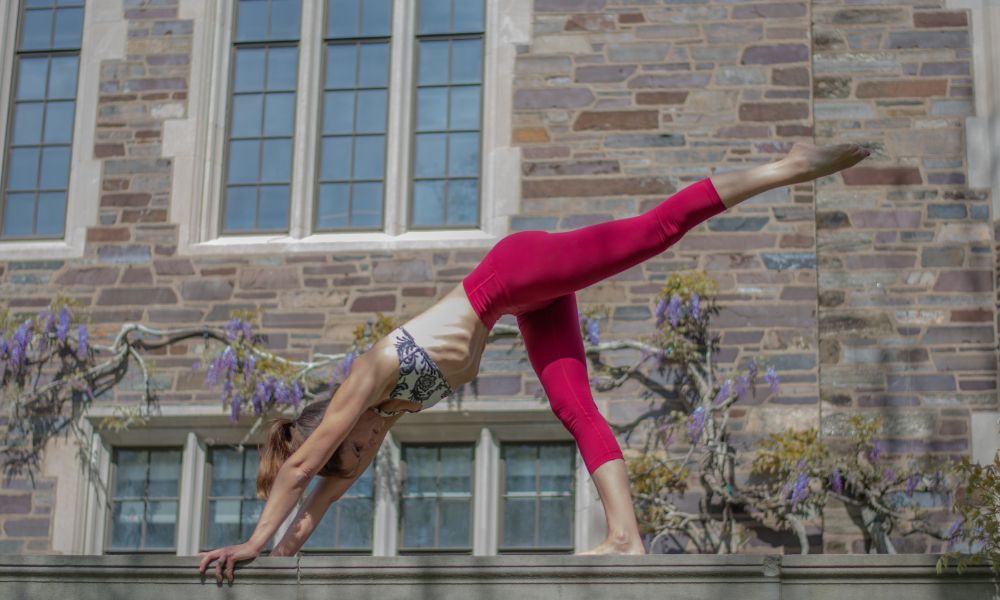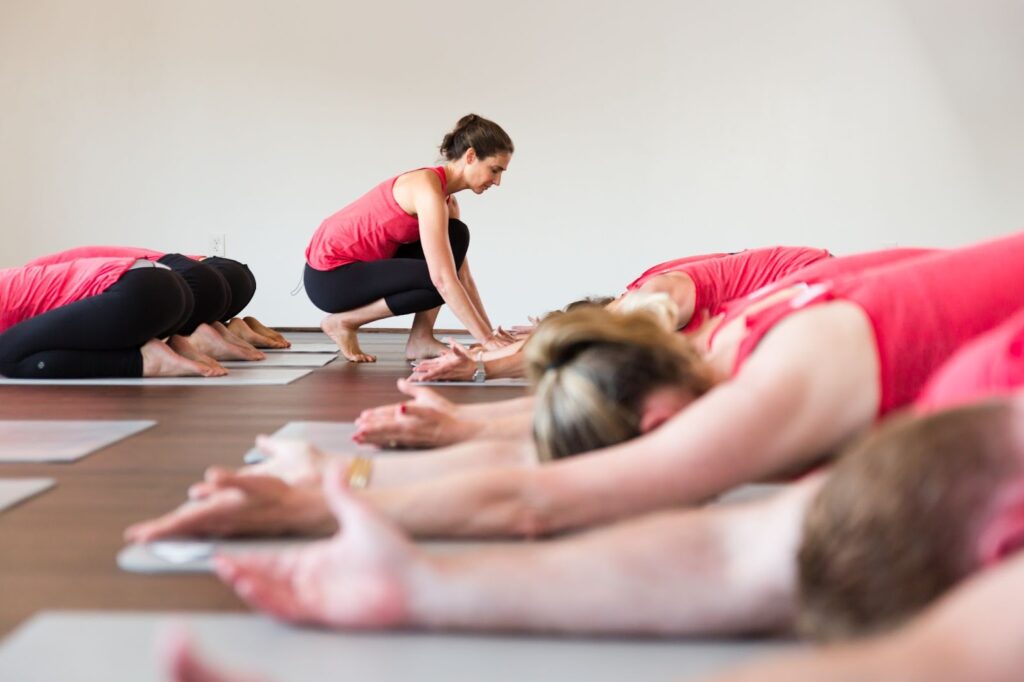by Lara Heimann, PT and Founder of LYT
When it comes to fitness and overall well-being, few elements are as crucial as understanding and harnessing the power of your core. Often misconstrued as just a set of abdominal muscles, the core is ultimately a complex network of muscles that provide stability, strength, and mobility to the entire body. From maintaining proper posture to excelling in athletic endeavors, the core plays a pivotal role in every movement we make. In our LYT classes, we often say the answer to joint aches, mobility concerns, low energy, and most everything else is MORE CORE. As the powerhouse of the body, the core transmits energy from the floor and lower limbs through the pelvis and spine, which aids in efficient movement and endurance. When the core muscles work collaboratively as a team, our movement and breath feel fluid and natural because all the systems in the body are operating well. The significance of the core’s role could be an entire book, but here are some CliffsNotes to highlight the core essentials and explore why optimizing posture is key to enhancing core dynamic stability.
What is the core and why is it so important?
The core encompasses more than just the visible six-pack abs that are often glorified in magazines or social media. The core container, as we often reference in LYT, includes the four layers of abdominals—the rectus, obliques, and the deeper corset-like muscle known as the transverse abdominis–along with muscles of the pelvic floor, spine, diaphragm, and shoulder girdle. An easy way to picture the entire core cylinder is to imagine all the muscles around and inside the pelvis, spine, ribcage, and scapulae. Together, these muscles form a stabilizing powerhouse that connects the upper and lower body, providing a solid foundation for movement. The core muscles are often synonymous with postural muscles in terms of function since they work continuously to support the skeletal structure in a variety of positions and planes of motion.
Strengthening the core will give support to the musculoskeletal system to maintain more optimal posture, allowing you to better control your center of mass with movement. This dynamic control conserves energy, prevents injuries, and optimizes function. With movement and load (including gravity, body weight, or other weight) the core muscles provide the stabilizing anchor for the limbs to perform. Every daily activity, from bending down to tie your shoes to reaching for a high shelf, requires core engagement. A strong core ensures that movements are coordinated and efficient, reducing the risk of strain or injury. Whether you’re lifting a heavy object, running a marathon, or simply sitting at your desk, a strong and stable core (we also say “adaptable”) is essential for optimal movement, breath capacity, and joint health. Athletes across all disciplines rely on core strength to generate power, transfer energy, and maintain balance. Whether you’re sprinting on the track, swinging a pickleball racket, or practicing LYT, a solid core is essential for peak performance.
Why do we emphasize TRIPLE S (aligning the skull, scapulae, and sacrum) to optimize posture and prime us for enhanced core activation?
When the skeletal scaffolding that represents our posture or carriage is out of alignment, the resulting sub-optimal posture creates an imbalance in the muscles and neuromuscular firing (lengthened muscles or underactive core muscles may be slow to respond and shortened muscles might continually activate instead). A slouched or slumped posture is common in our modern-day life, exemplified by rounded shoulders, forward neck, and a tilted pelvis. Optimal posture starts from the core and the collaborative engagement of the muscles leads to decreased pressure on joints or overreliance on individual muscle groups. Weak core muscles can lead to poor alignment in any version of posture, which may contribute to musculoskeletal issues, depleted energy, and a delayed response between the brain and body. As the central channel of energy transmission and exchange, the core muscles are meant to respond appropriately to differing demands on the body. One of the most effective ways to enhance core stability is by optimizing posture. Proper posture aligns the spine, activates the core muscles, and promotes efficient movement patterns. When our posture improves, this nervous system communication is finer-tuned and adaptable, which translates into navigating through life with more reliable responses to stress and challenge.
Finally, how do we best improve overall core function?
I believe that practicing LYT is one of the best ways! LYT is designed with a specific method to prime the core muscle engagement and improve postural deficits through feedback and increased support for our center of mass in the RESET. We then apply this reinforced activation in the sequences through creative moves requiring more mobility, increased demand of bodyweight and gravitational forces, and with functional movements that mimic real-life activities, such as squatting, lunging, and twisting. Finally, we encode this information through repetition and added challenge in the STREAM to update brain mapping and nervous system communication. Each class is curated in this manner to provide greater carryover into daily life so that the core stability and postural alignment becomes more and more encoded/automatic. Both on and off the LYT mat, think of growing the spine and supporting with a balanced hug that summons all the core players to engage. An easy way to practice in daily life is to first set up your Triple S, where the skull, scapulae, and sacrum touch some part of a wall that you stand up against. Connect your brain to the feeling of having to sustain that alignment as you walk away from the wall and notice if you sense an energetic hold toward the center of your body. Continue to pay attention to your body’s alignment throughout the day, whether sitting, standing, or moving. Focus on keeping the entire spine lengthened and create a corset-like sensation around and within the pelvis to maintain a neutral position. As we say in LYT (and even have printed on our tanks!), STAND TALL, engage your core, and unleash the limitless potential within. This daily awareness to core and posture leads to true transformation.
I wrote this last year and feel that it speaks to the magic of LYT and the power of the core, providing an even more condensed CliffsNotes version:
Movement is multifaceted and how we move is often determined by our habits.
- These habits become the GPS in our brain mapping, and we often need to update the software.
- Creating improved global movement often requires more specific or localized input.
- Building movement competency or literacy necessitates sensory-rich opportunities to develop and encode new motor planning and skills.






